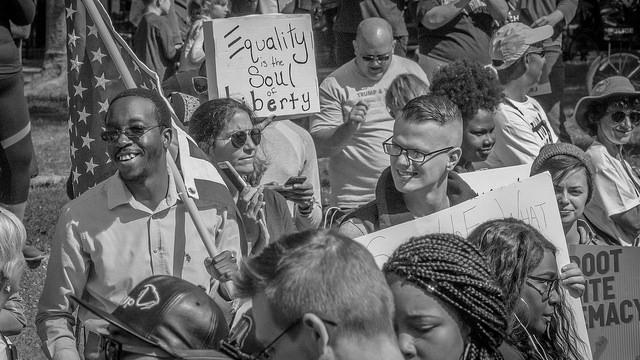
Recent social movements in the United States, like Black Lives Matter and Occupy Wall Street, have sought to challenge the status quo. While such movements often make the news, less attention is paid to how they achieve success. A recent article in the New York Times by sociologist Kenneth T. Andrews argues that social movements bring about change through exercising different types of power — cultural, disruptive, or organizational.
We are used to seeing cultural or disruptive power from movements in the media, but organizational power is also important. Organizational power is reflected in a movement’s ability to sustain its agenda through ties to other groups. Recent research suggests that after the Tea Party built upon disruptive power gained from initial protests, it established local organizations and supported political candidates that shared its ideas, ultimately transforming the Republican Party. However, as with each mechanism of power, organizational power also has constraints. Andrews explains,
“Staging the occasional protest and raising money are one thing; developing leaders and building constituencies are another. Despite substantial resources and hundreds of organizations, the environmental movement, for example, has not generated the sort of participation sufficient to meet the environmental challenges we face.”
In short, the pathways to power that different social movements utilize are very important to the movement’s success in encouraging change. A movement may have the most success when it combines all three types of power, which helped movements like the Civil Rights Movement. And even if a movement itself is short-lived, the cultural effects may remain long after a movement has fizzled out, and even small-scale changes can still have the cultural power to affect the status quo well into the future.

Comments